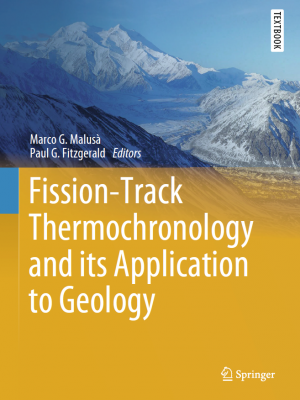NASA Award Helps Doctoral Student Develop Space-Structure Composite Materials
Second-year graduate student Andrea Hoe grew up designing and building projects with her father in their backyard. She also loved spending time with her family surveying the night sky. As a young child, she wanted to be an astronaut. So,…


 Geologist Paul Fitzgerald, professor of Earth sciences in the College of Arts and Sciences, is co-editor of a new book, “Fission-Track Thermochronology and Its Application to Geology” (Springer, 2018), the first major book on the subject in 20 years.
Geologist Paul Fitzgerald, professor of Earth sciences in the College of Arts and Sciences, is co-editor of a new book, “Fission-Track Thermochronology and Its Application to Geology” (Springer, 2018), the first major book on the subject in 20 years.